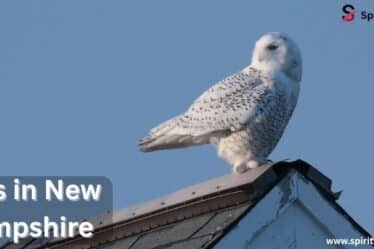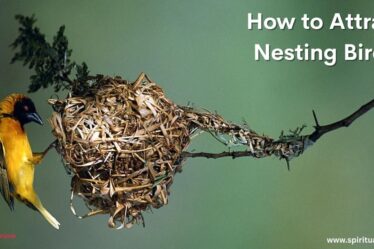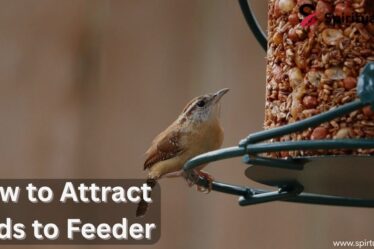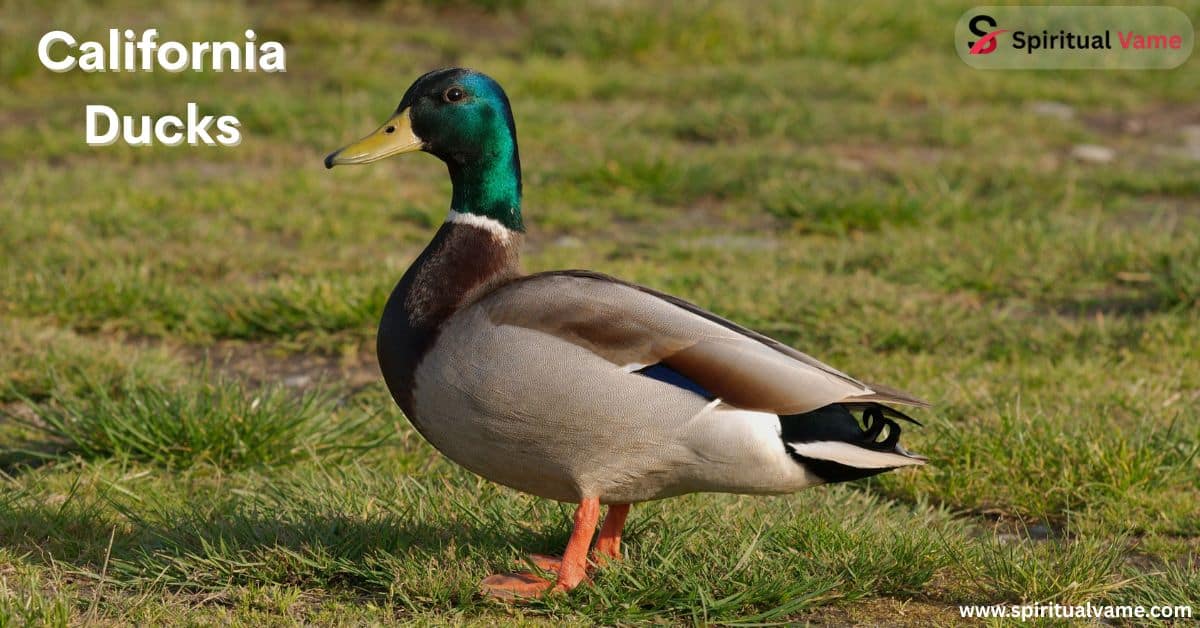
California is a paradise for bird lovers, especially those interested in ducks. From freshwater lakes and rivers to coastal wetlands and estuaries, California ducks can be found in almost every region of the state. With its wide range of ecosystems, California serves as both a breeding ground and migratory stopover for many duck species. These birds are not just beautiful to watch but also play an important role in maintaining the health of wetland ecosystems. Ducks help control insect populations, spread plant seeds, and provide food for other animals.
People in California love watching ducks, whether it’s in urban parks like Lake Merritt in Oakland or natural refuges like the Sacramento National Wildlife Refuge. Whether you’re spotting a brightly colored Wood Duck in a forested pond or a Surf Scoter diving along the coast, each encounter brings a unique connection with nature.This article explores the most common and unique duck species in California, where to find them, how they live, and the efforts people are making to protect them.
Most Common Duck Species in California
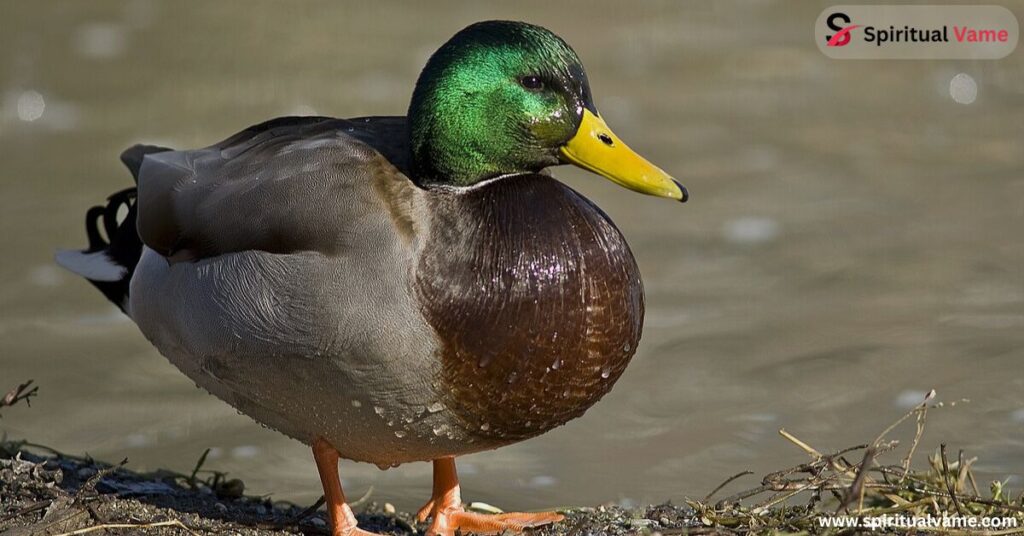
Many ducks are found in California all year round, while others only visit during migration seasons. These ducks thrive in places like marshes, lakes, ponds, and rivers. They use their environment for feeding, breeding, and nesting. Let’s look at some of the most common duck species you’re likely to see in California.
The Mallard (Anas platyrhynchos) is one of the most recognizable ducks with its bright green head, white neck ring, and chestnut-brown chest. Mallards live in freshwater lakes, rivers, ponds, and even urban parks. They usually live for 5-10 years, grow up to 65 cm, and weigh between 700-1600 g. These ducks feed on seeds, aquatic vegetation, insects, and small aquatic animals. They build nests in dense grass using down feathers, laying 10-12 eggs, which hatch in about 28 days. Mallards are a key species in wetland management and habitat preservation.
Another common duck is the Ruddy Duck. Known for their stiff tails and in the breeding season, the males show off a bright blue bill. These ducks often dive to feed on aquatic invertebrates and plants. The Bufflehead (Bucephala albeola) is smaller and has a unique black-and-white plumage with iridescent green and purple heads. They nest in tree cavities and feed on insects, crustaceans, and other aquatic invertebrates. Buffleheads live for 12-15 years, grow to 40 cm, and weigh up to 550 g. These ducks are agile divers and are supported by nest box programs and efforts for clean waterways.
The Northern Shoveler (Spatula clypeata) is easy to spot with its large spatula-shaped bill, green head, and chestnut flanks. They live in grassy wetlands and are known for filtering food like plankton and crustaceans from shallow waters. These ducks lay 8-12 eggs and nest in downy grass. They are part of the North American Waterfowl Management Plan, which helps protect wetland ecosystems.
Mallard
The Mallard ranks as one of the most widely spread ducks not just in California, but across North America. Male Mallards display bright colors, while females have a more brownish appearance that helps them blend into their nesting environment. They often live in urban parks, wetlands, and rivers and are comfortable around humans. Mallards can dabble in water to feed or graze on land. They are a common species but very important for habitat preservation efforts, especially in maintaining water quality in urban areas.
Mallards are Least Concern in terms of conservation status, which means their populations are stable. However, pollution and habitat loss still affect their long-term health. This is why maintaining healthy wetland conservation zones is essential for this iconic duck.
Ruddy Duck
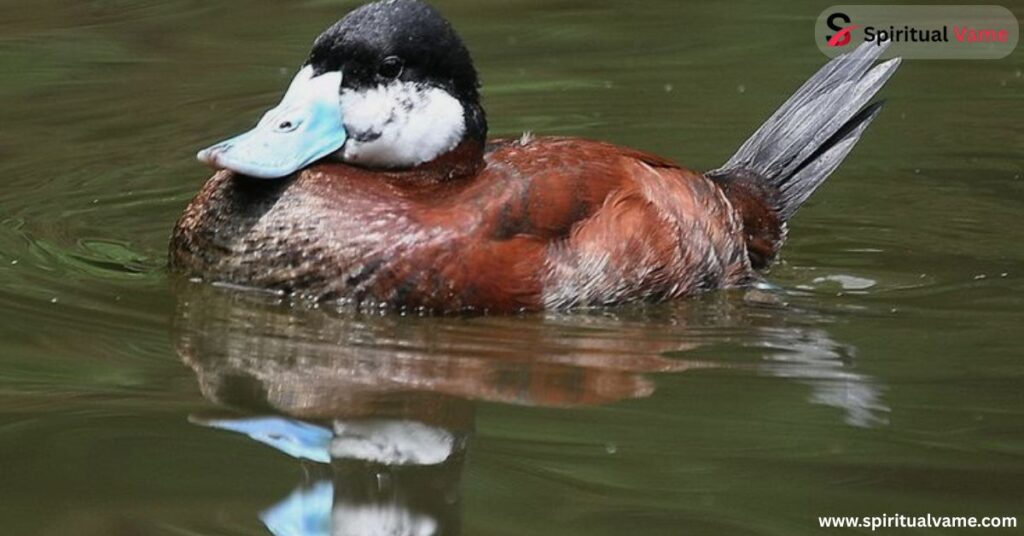
Ruddy Ducks are small and compact diving ducks with long, stiff tails that often point upward. Males have chestnut-colored bodies and a sky-blue bill during the breeding season. These ducks are excellent divers, feeding mainly on aquatic invertebrates and plant materials. They are often seen in deep wetlands and lakes across California.
While not as commonly seen as Mallards, Ruddy Ducks are still a significant part of the wetland ecosystems. They use dense marsh vegetation to hide their nests and raise their young. These ducks are important indicators of clean water and rich biodiversity in aquatic habitats.
Bufflehead
The Bufflehead is one of the smallest diving ducks found in California. They are well known for their bright black-and-white plumage and compact size. Males have striking green and purple iridescent heads, and both sexes are fast flyers. Buffleheads nest in tree cavities, often those left by woodpeckers, and rely on clean waterways for their survival.
Their diet includes aquatic invertebrates, insects, and small crustaceans. These ducks live for around 12-15 years, and their small size gives them excellent agility when diving and swimming. Because they depend on nest boxes and preserved wetlands, they benefit directly from wetland preservation efforts.
Northern Shoveler
Northern Shovelers are known for their wide, spoon-shaped bills that help them sift food from water. They have a green head, chestnut flanks, and are common in California’s shallow wetlands. These ducks filter-feed on plankton, crustaceans, seeds, and aquatic vegetation.
They live in grassy areas where they build nests and lay 8-12 eggs that hatch in 24-26 days. With a lifespan of 10-15 years, they play an important role in maintaining wetland ecosystems. Their presence in an area often signals good water quality and rich biodiversity.
American Wigeon
The American Wigeon (Mareca americana) is another frequently spotted duck in California. It has a white forehead, green stripes near its eyes, and a brownish-grey body. Wigeons prefer lakes, marshes, and open fields where they feed on grasses, seeds, and small aquatic animals. They breed in northwest America, Alaska, and western Canada, and spend winters along the Pacific coast and southern U.S.
Though common and classified as Least Concern, American Wigeons face environmental threats like habitat loss and pollution. They are highly sensitive to changes in water levels and vegetation.
Gadwall
The Gadwall (Mareca strepera) might seem plain at first glance with its gray and brown feathers, but it’s one of the most intelligent and adaptable duck species in California.These ducks often inhabit freshwater lakes, marshes, and shallow wetlands, where they feed on aquatic vegetation, seeds, and invertebrates. Gadwalls typically live 5-10 years, grow up to 56 cm, and weigh between 800-1350 g.
They build nests in dense grass using down feathers, and lay 7-12 eggs that hatch in 24-27 days. Though the IUCN lists them as Least Concern, threats like wetland loss and water quality degradation still make wetland conservation crucial for their survival
Cinnamon Teal
The Cinnamon Teal (Spatula cyanoptera) is one of the most visually stunning ducks in California. Males have a rich reddish-brown color, while females are brown with a blue patch on their wings. These ducks prefer shallow water environments like marshes and small lakes. They feed on seeds, aquatic vegetation, and tiny water creatures by filtering food through their big bill.
Cinnamon Teals are common in wetlands across California and are an important species in local breeding programs. Because they nest in dense vegetation, they are vulnerable to habitat destruction and need well-managed conservation areas.
Surf Scoter
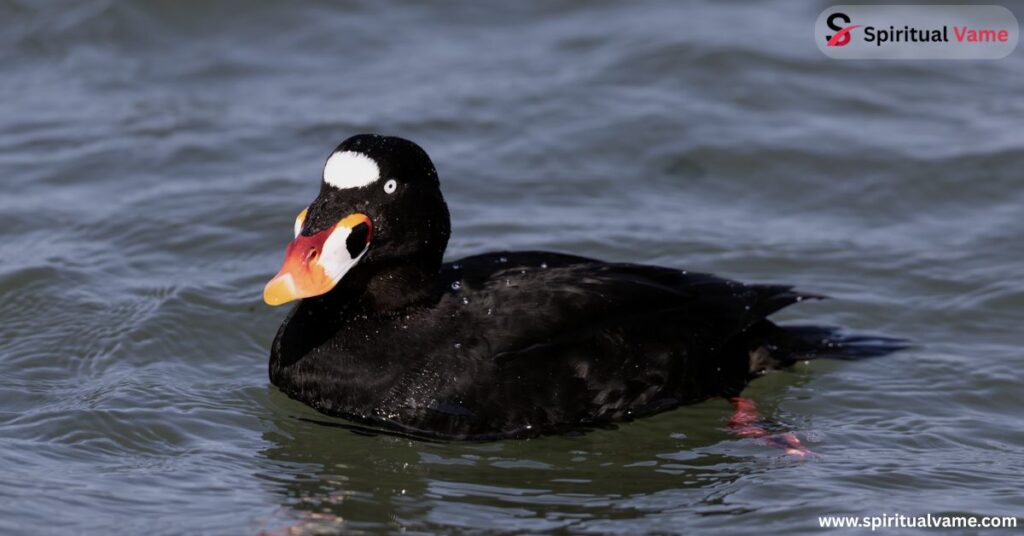
You can more commonly see the Surf Scoter (Melanitta perspicillata), a type of sea duck, along California’s coastal waters and estuaries. Males have black and white plumage and a very colorful bill. These ducks feed on mollusks, crustaceans, and small fish by diving underwater.
Though listed as Least Concern, they are considered rare in some parts of the state. Their long lifespan of 10-20 years makes them more vulnerable to changes in marine environments, such as pollution and habitat destruction. Protecting marine reserves is key to their survival.
Northern Pintail
The Northern Pintail (Anas acuta) is known for its pointed tail, long neck, and elegant body shape. Their brown, white, and black plumage makes them one of the most graceful ducks in California. Pintails live in grassy fields, wet meadows, and shallow lakes, feeding on seeds, aquatic plants, and invertebrates.
They lay 7-10 eggs in down feather nests, which hatch in 23-24 days. These ducks live up to 15 years and are especially vulnerable to agricultural practices that destroy wetlands. Conservation efforts are necessary to prevent further habitat loss.
Ring-necked Duck
The Ring-necked Duck (Aythya collaris) is a diving duck with a black back, white belly, and a barely visible chestnut ring around its neck. It prefers freshwater lakes, ponds, and rivers with dense vegetation. It feeds on aquatic plants, invertebrates, and seeds by diving underwater.
These ducks are migratory and live for about 5-10 years. Their role in wetland ecosystems is vital as they help control aquatic insect populations and promote plant growth. They are common in California during migration seasons.
Conclusion
California’s rich biodiversity makes it one of the best places in the U.S. to observe ducks in their natural habitats. With more than 20 duck species calling the state home during various parts of the year, bird watchers and nature enthusiasts have plenty of reasons to explore local wetlands, lakes, and coastal waters. These ducks, from the colorful Wood Duck to the rare Surf Scoter, are not only beautiful but also vital to the ecosystem. Protecting their habitats ensures that future generations will continue to enjoy their presence and the ecological benefits they provide.

